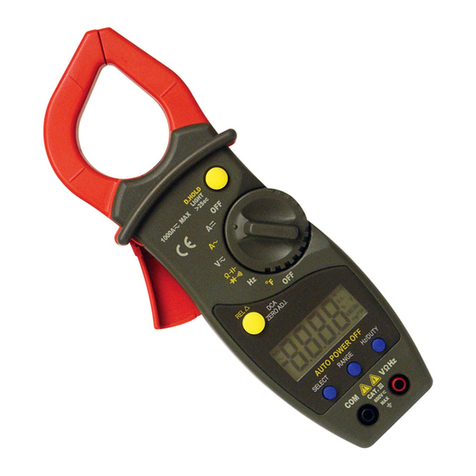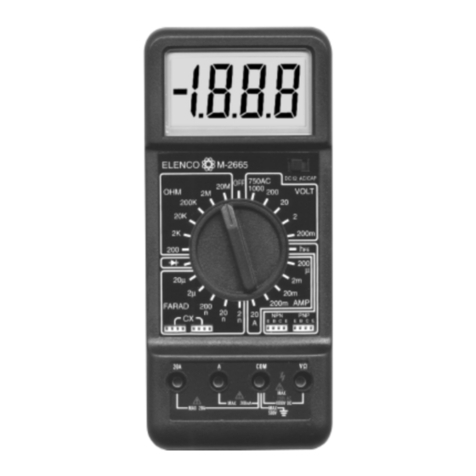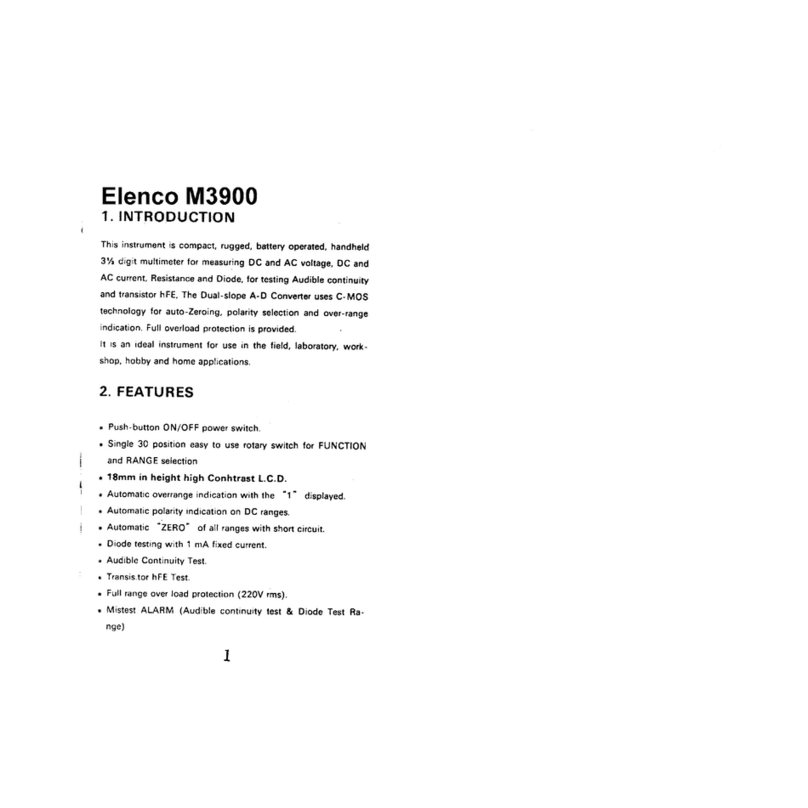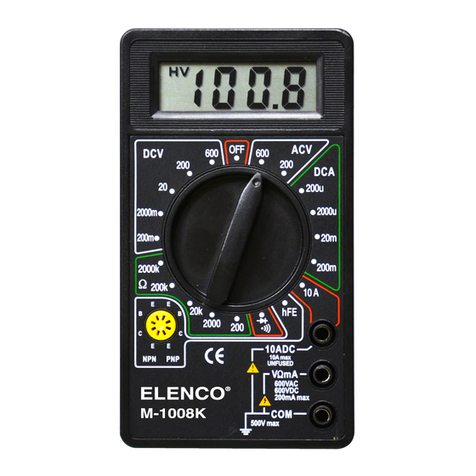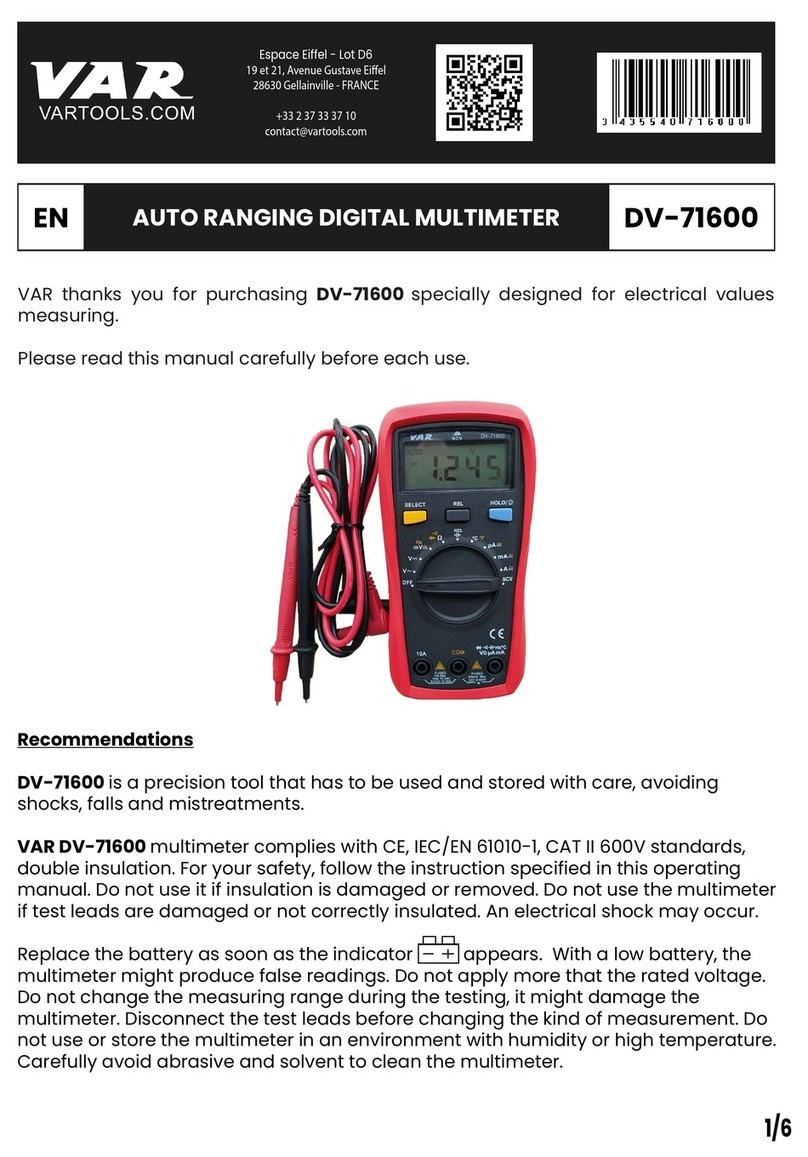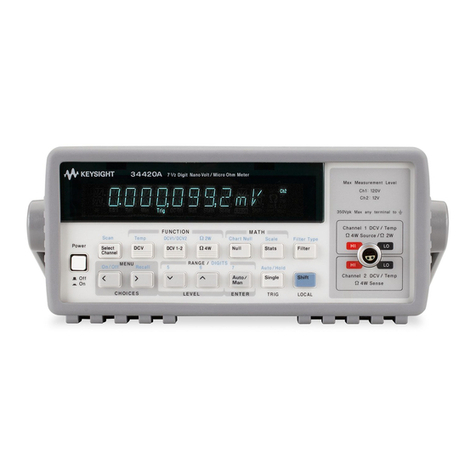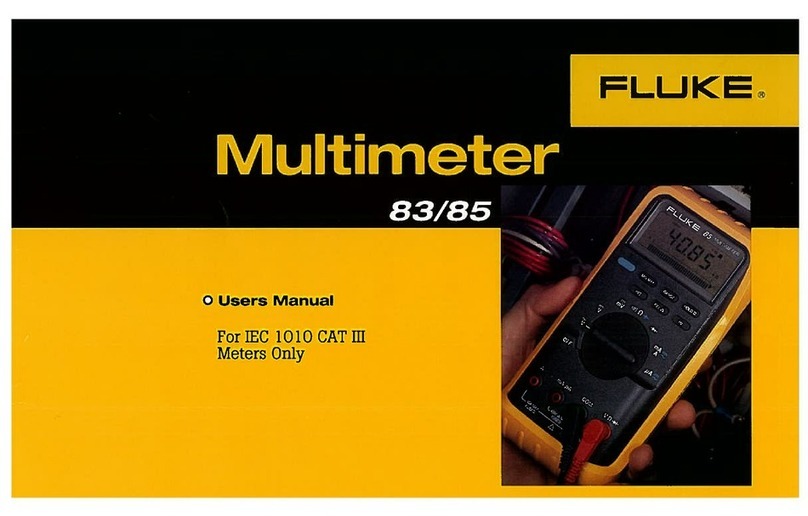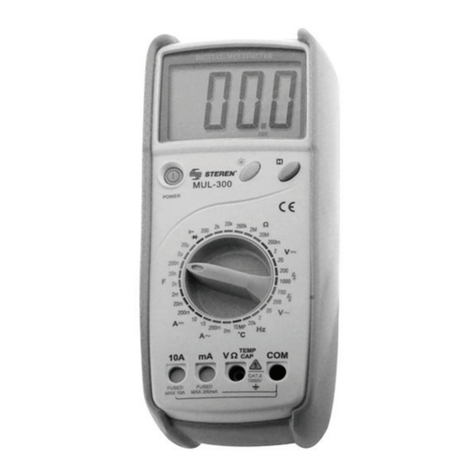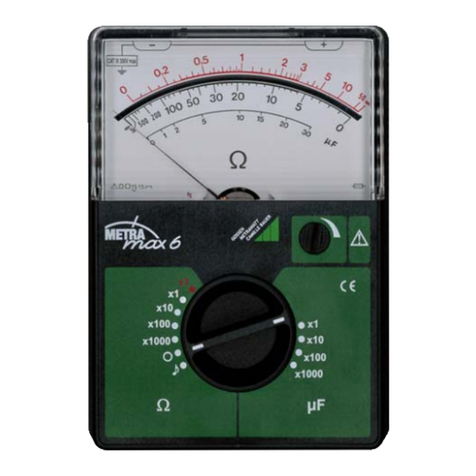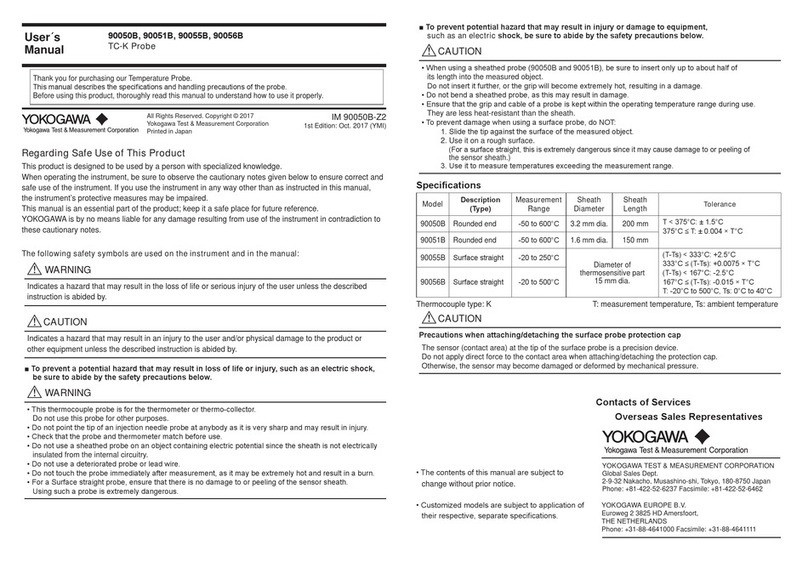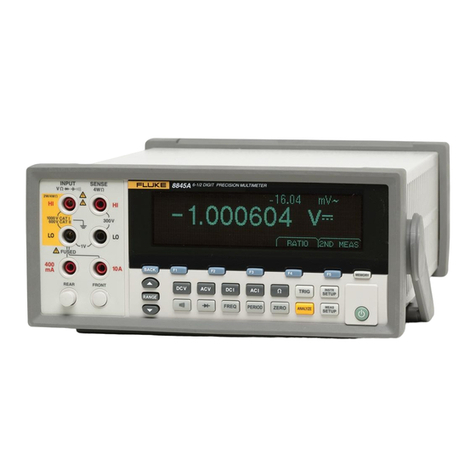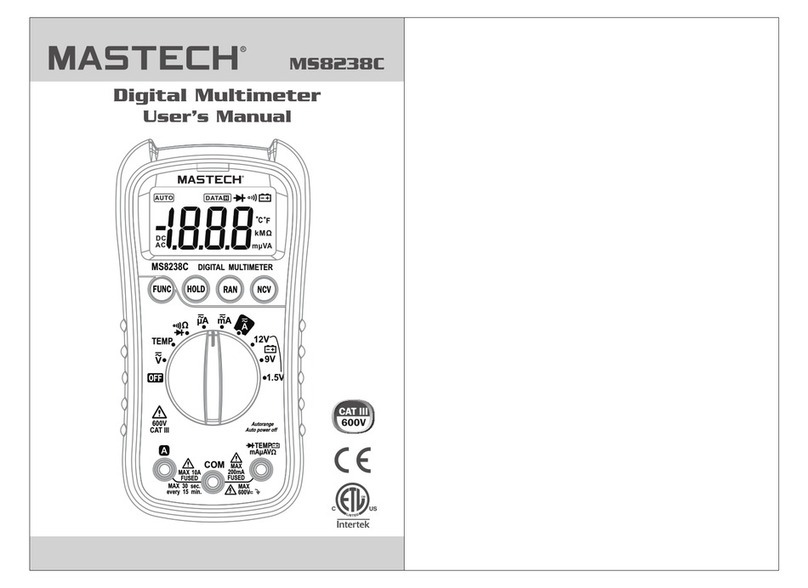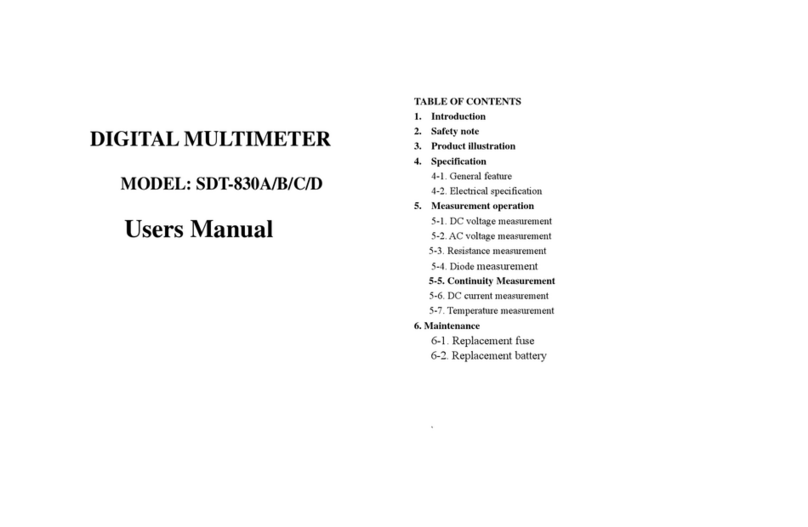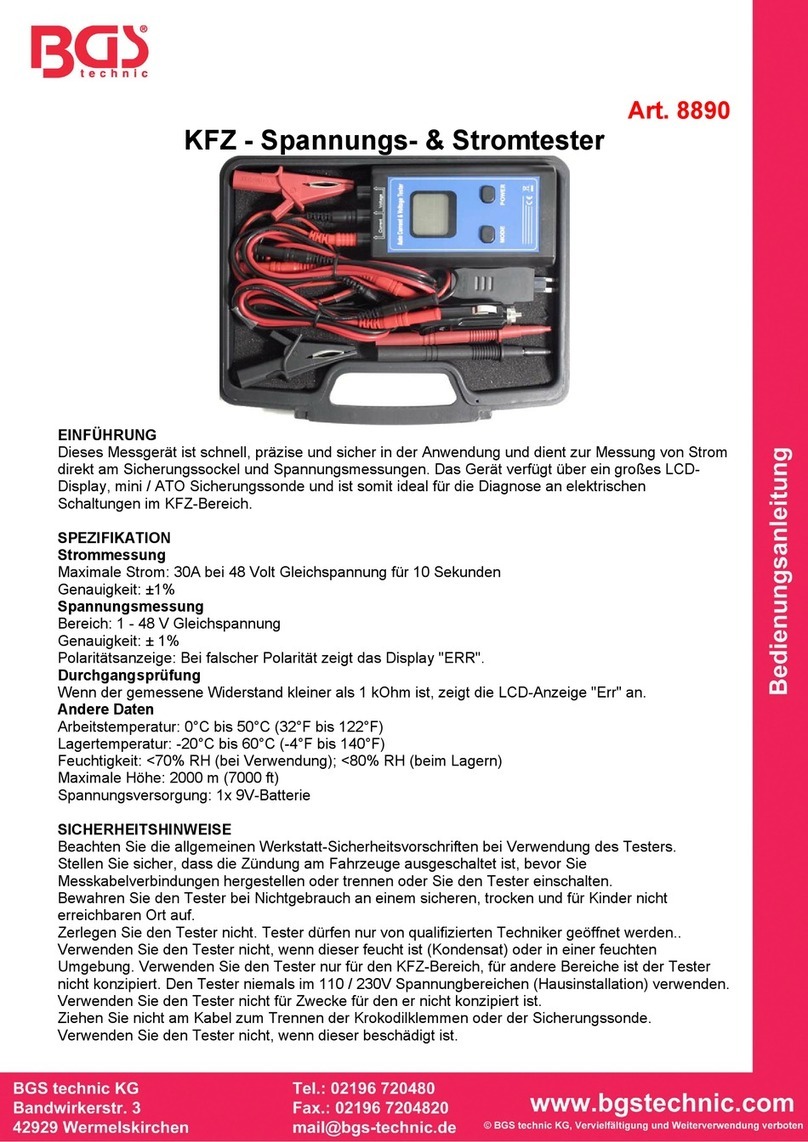Elenco Electronics M-2625 Assembly instructions
Other Elenco Electronics Multimeter manuals
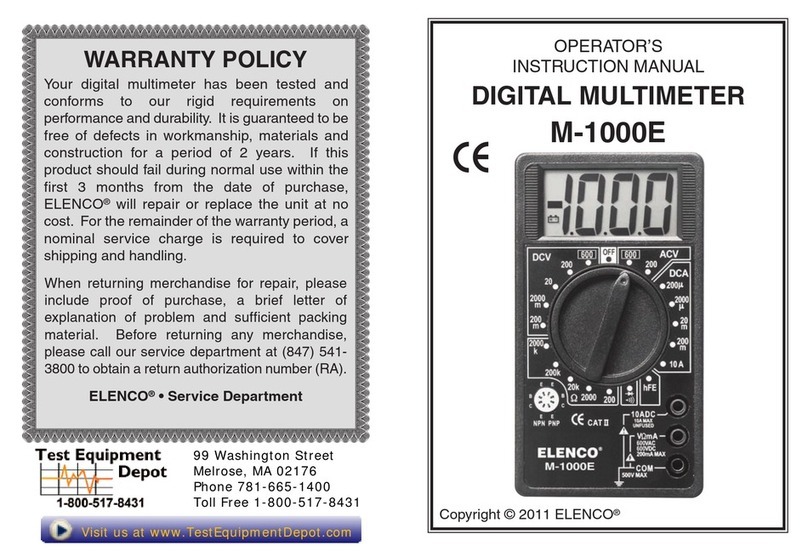
Elenco Electronics
Elenco Electronics M-1000E Assembly instructions

Elenco Electronics
Elenco Electronics M-2671 Assembly instructions
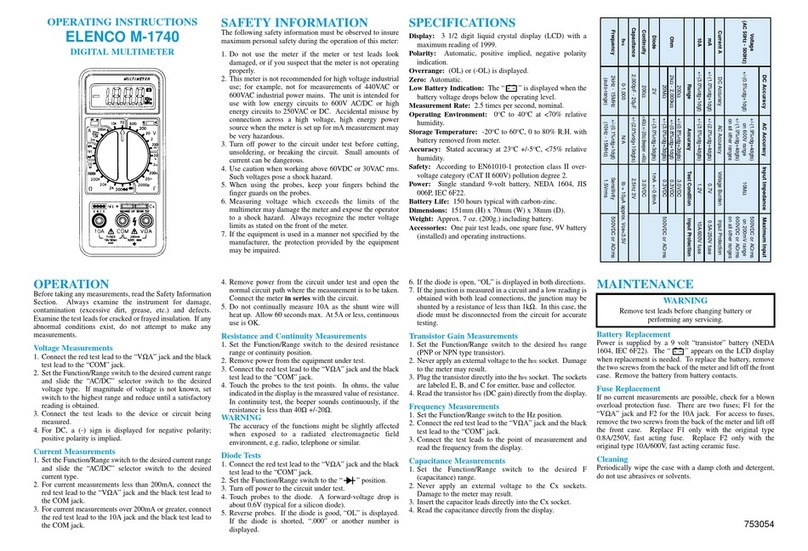
Elenco Electronics
Elenco Electronics M-1740 User manual
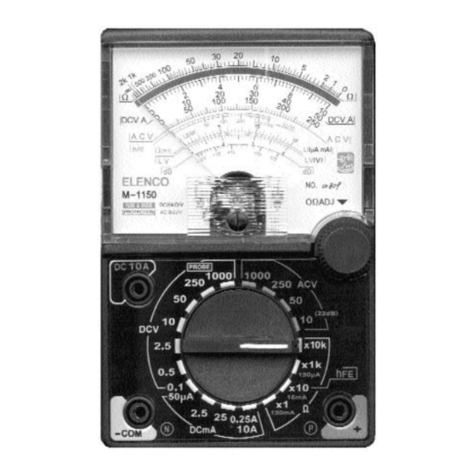
Elenco Electronics
Elenco Electronics M-1150K User guide
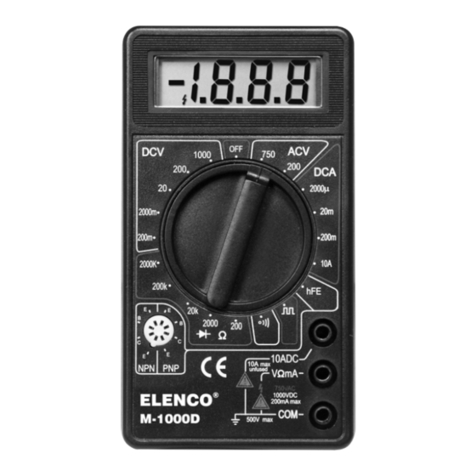
Elenco Electronics
Elenco Electronics M-1000D Assembly instructions

Elenco Electronics
Elenco Electronics M-1250K User guide
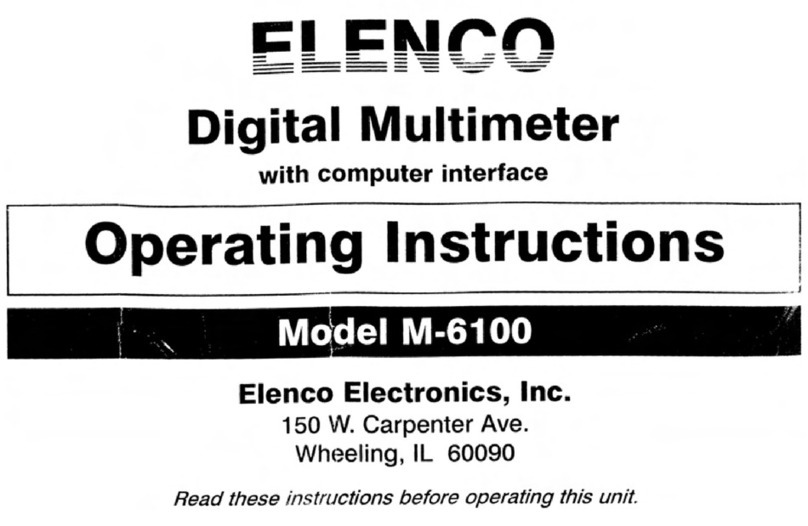
Elenco Electronics
Elenco Electronics M-6100 User manual
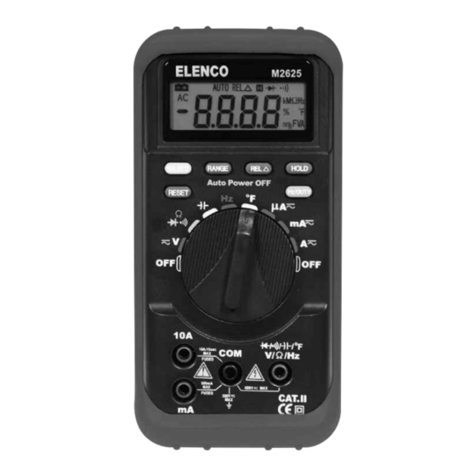
Elenco Electronics
Elenco Electronics M-2625 Assembly instructions

Elenco Electronics
Elenco Electronics M-1150K User guide
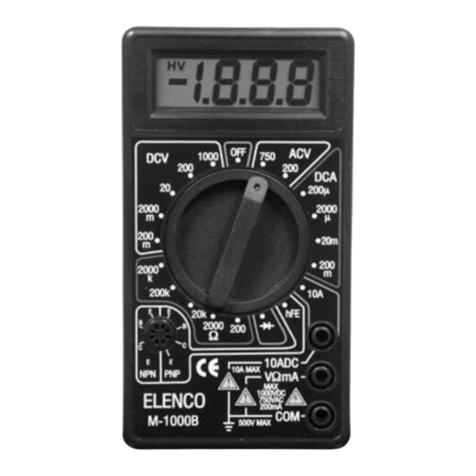
Elenco Electronics
Elenco Electronics M-1000B Assembly instructions
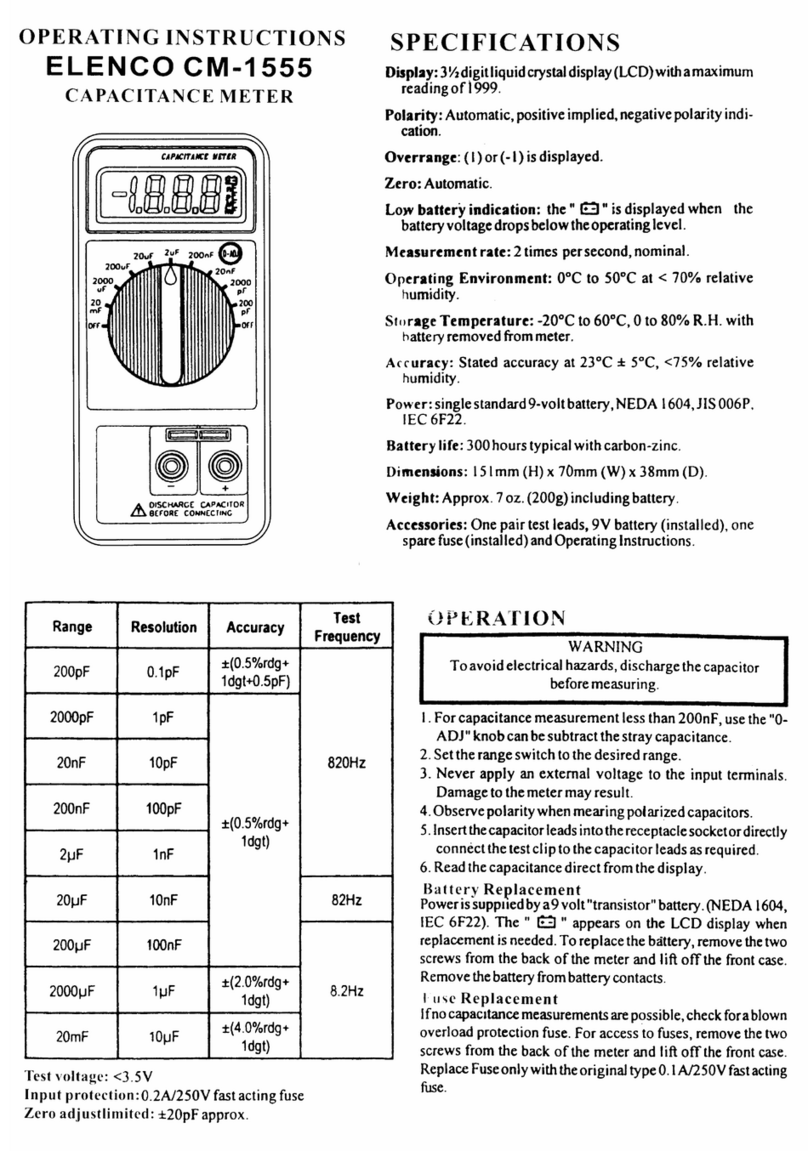
Elenco Electronics
Elenco Electronics CM-1555 User manual
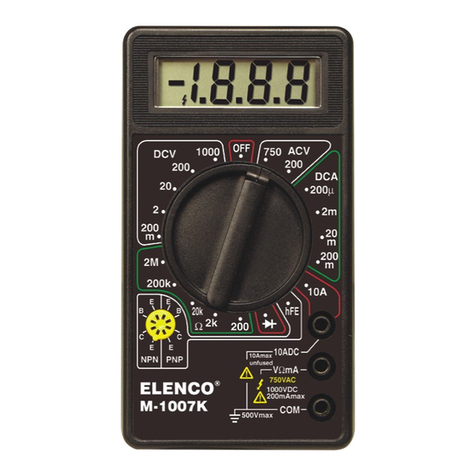
Elenco Electronics
Elenco Electronics M-1007K User guide
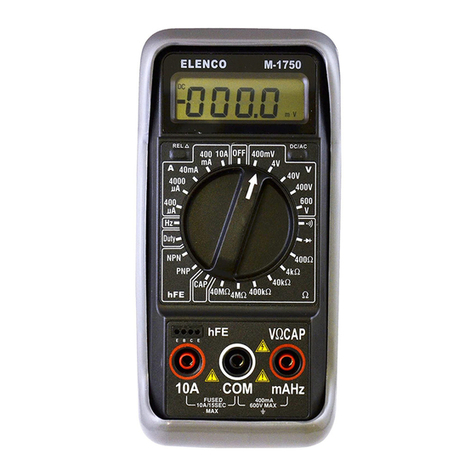
Elenco Electronics
Elenco Electronics M-1750 Assembly instructions

Elenco Electronics
Elenco Electronics M-1150K User guide
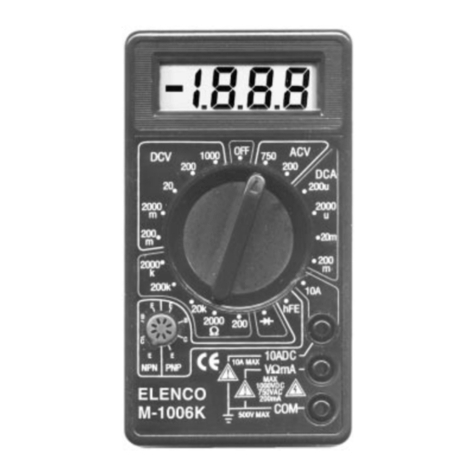
Elenco Electronics
Elenco Electronics M-1006K User guide
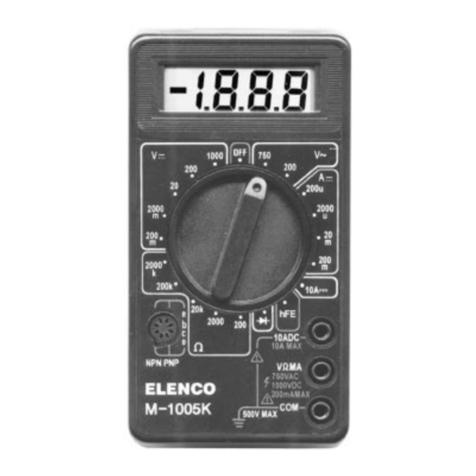
Elenco Electronics
Elenco Electronics M-1005K User guide
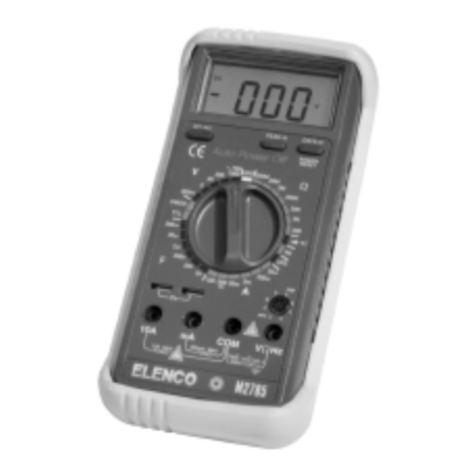
Elenco Electronics
Elenco Electronics M-2785 Assembly instructions
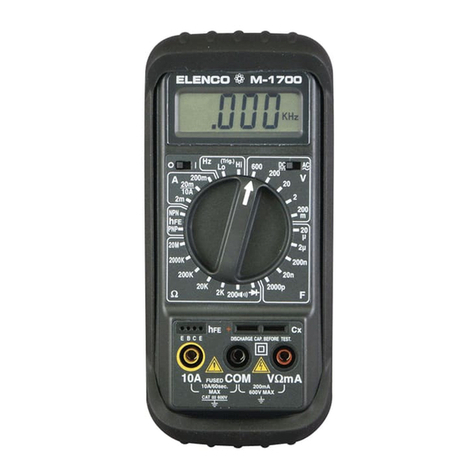
Elenco Electronics
Elenco Electronics M-1700 User manual
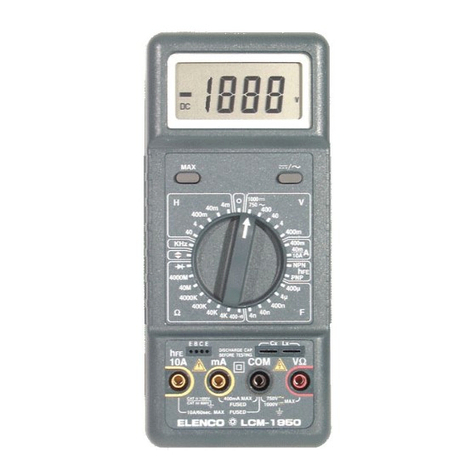
Elenco Electronics
Elenco Electronics LCM-1950 User manual
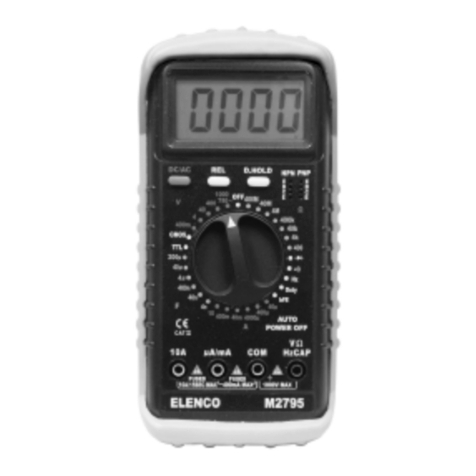
Elenco Electronics
Elenco Electronics M-2795 Assembly instructions
